Last updated on January 11, 2017
Let’s just get this out of the way: CAVE is known for making incredible danmaku shooters. For the unitiated, danmaku = bullet curtain, or “bullet hell” as it’s sometimes called. The challenge level can become completely unreal. CAVE also manages to pack incredible aesthetics into their games: the in-game visuals are stunning, character art is always top-notch, and the games sport some of the best game music I’ve ever heard.
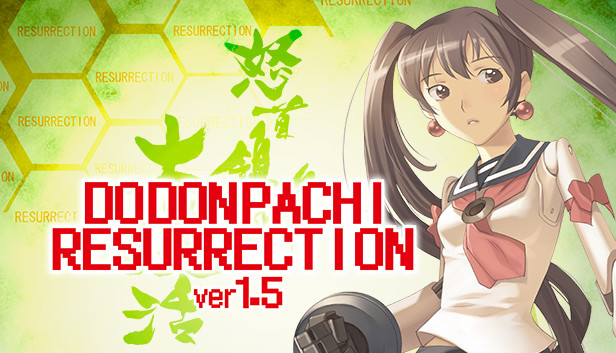
(I’ve listened to over 1000 game soundtracks and reviewed them for RPGFan. When I say that’s some of the best VGM I’ve ever heard, please know that I’m speaking with a world of experience behind me.)
What often gets ignored in CAVE’s shmup series is the storyline. But it’s not like the stories are non-existent, or that the CAVE team doesn’t know how to tell a story (for proof of my latter claim, check out Instant Brain, CAVE’s one and only Visual Novel. They know how to tell stories, and they want to tell stories.)
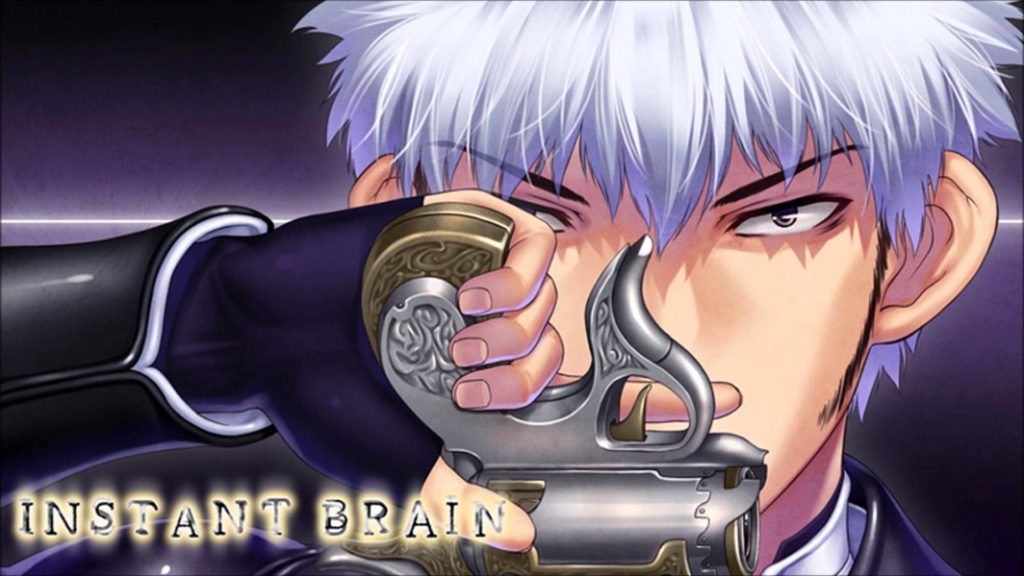
CAVE games tend to have dark endings. The “normal” endings leave the player with riddles and loose threads. The “true” endings may bring some resolution, but they tend to be bittersweet at best; in the case of the DoDonPachi series, we can switch “bittersweet” with “dark as hell.”
Recently, Degica localized and published CAVE’s hit game DoDonPachi DaiFukkatsu (translated to DoDonPachi Resurrection), in its “1.5” form, which includes the original game, the Black Label modes, and a host of other variants. DaiFukkatsu takes place in the series’ chronology after DoDonPachi DaiOuJou (and DoDonPachi, and DonPachi, all before that). The older games focus less on character and story, but as the story’s progression continues, things definitely change.
At the end of DaiOuJou, there are different resolutions depending on which of the three “Element Dolls” (your AI-semi-human character choice) you use. But they all have to do with a mainframe computer for the ever-bent-on-destruction machine Hibachi (or, stylized, ]-[_-34(#!). Leinyan’s ending is more resolved, but the apparently-canon ending is that of EXY. She enters the machine, sees things that she cannot fathom or accept (likely involving the human influence on the unending wars and the eternal recurrence of this war), and goes crazy.
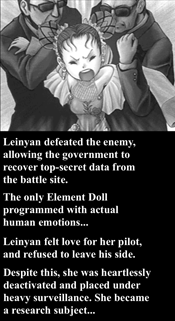
Sadly, it is exactly EXY’s desire to destroy everything that creates the conditions for the endless battles to continue, and so comes DaiFukkatsu. A man named Longhener, a top-ranking official behind the secret project, exists in a space-time fold, and it is in those headquarters that the protagonists of DaiFukkatsu exist.
Whether you get a simple ending or something closer to the truth, the story played out in DaiFukkatsu is anything but the good news / Gospel of “Resurrection” as understood in Christianity. Here, the Resurrection can refer to the DonPachi Corps arising (with EXY’s help) to attempt to annihilate humanity, or it could refer to the constant, never-ending cycle of resurrection of the unnamed pilots in DaiFukkatsu. Or, worst of all, DaiFukkatsu may be (and most likely is) referring to the game’s five stage bosses: the five Element Daughters … A.I, Next EXY (or N-EXY), PERFECT, Ray’n, and Shooty. These five Element Daughters once had human lives, and they also participated in the events of the “Blissful Death Wars” (DaiOuJou). And now, in some sick twist of fate, N-EXY recreates them in giant robot form to confront you in battle.
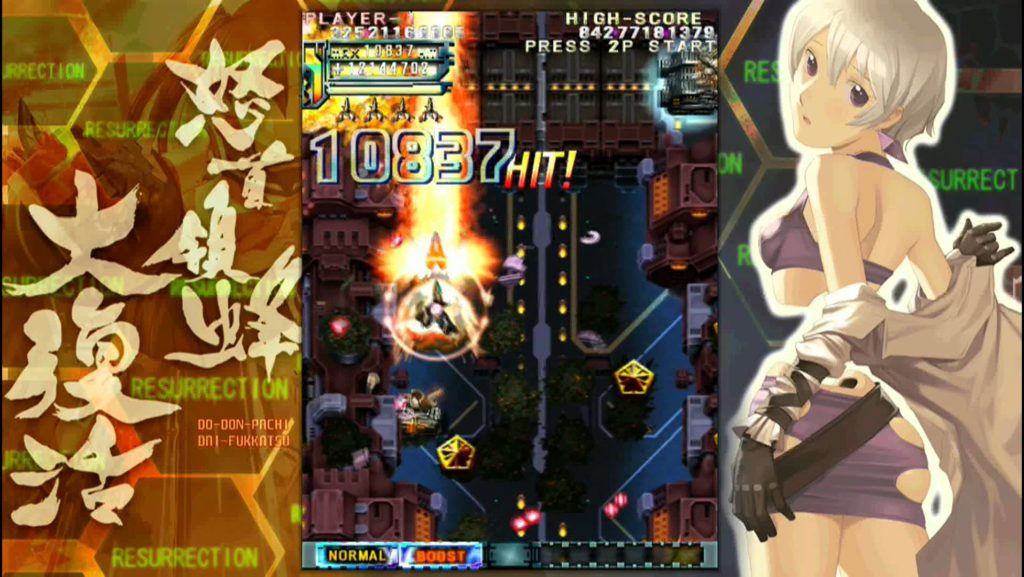
Not all is lost, however. There are ways to counter-act the cycle of eternal recurrence, which is probably a good thing (see Xenosaga III, where Wilhelm/Cain attempts to use eternal recurrence to spite God and prevent God from playing out the linear timeline He’d planned). In one of the 1.5 modes, known as Arrange-A, the element doll Leinyan hijacks her old TYPE-A ship (as she did survive in her ending of DaiOuJou) and goes on a quest to rescue N-EXY from her own insanity within Hibachi’s mainframe. Win in this path, which is not considered canon, and you can see something close to a happy ending.
Else, the events of DaiFukkatsu, depressing as they are, set themselves up for DoDonPachi SaiDaiOuJou, the most recent entry in the series. I almost feel inclined to quote Fallout: “War. War never changes.”
And of course, you need unfolding layers of darkness and despair among both the humans and the machines to keep the endless shmup madness going. But I’d like to pose a question at this point: in the end, can Resurrection quell the darkness?
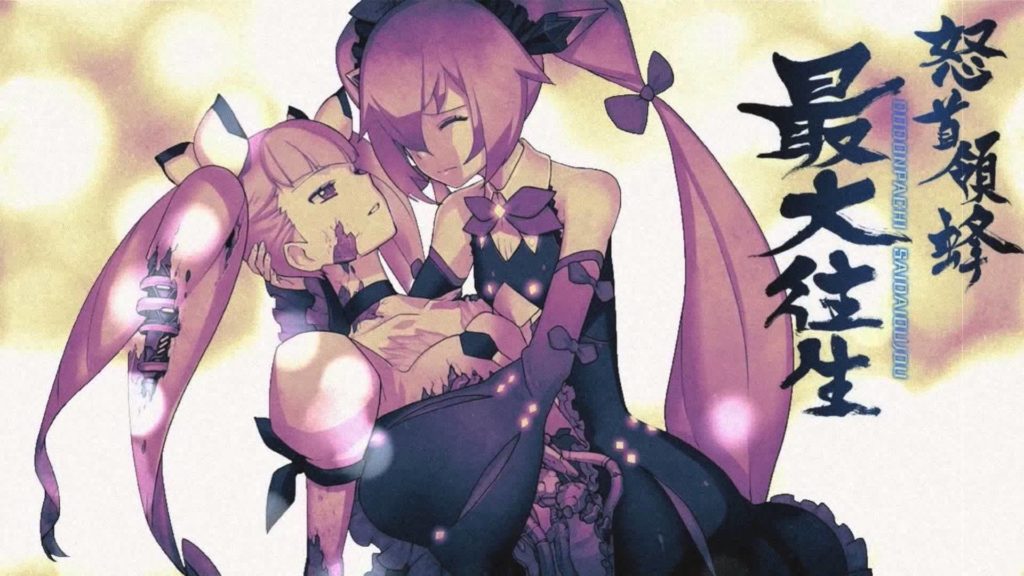
Well, I think it depends on what is meant by resurrection. We explored earlier what the specific meanings may be for the game. But I’d like to dissect “DaiFukkatsu” for one moment.
I checked into Japanese translations of the New Testament. In 1 Corinthians 15, Paul writes extensively about Christ’s resurrection. Here, the word used is, as I suspected, just “Fukkatsu.” The “Dai” at the beginning is a prefix that generally means “Great” or “Significant.” And yet, what could be greater or more significant than Christ’s resurrection? Why does He only get a “Fukkatsu,” when the Element Daughters get “DaiFukkatsu”?
And that’s when you realize: CAVE is aiming at hyperbole, as well as consistency in naming convention. The Great Resurrection(s) of DDP DFK are a transmogrification up from semi-human “doll” girls piloting normal-sized ships into massive 100x-sized robotic death machines… think Stay-Puft Marshmallow Man in Ghostbusters, but with lots of guns, bombs, and lasers. This resurrection is a perversion of the very word. Frankly, I’d prefer to translate DaiFukkatsu as “Great Re-Animation” or maybe “Return from Death.” The meaning is similar, but for Colonel Godwin Longhener, the words should hold different meaning. And if he thinks he is facing off against N-EXY’s rebellious resurrection, or if it’s all part of his super-evil plan, either way, it is not what Christians understand by the specificity of the big “R” word.
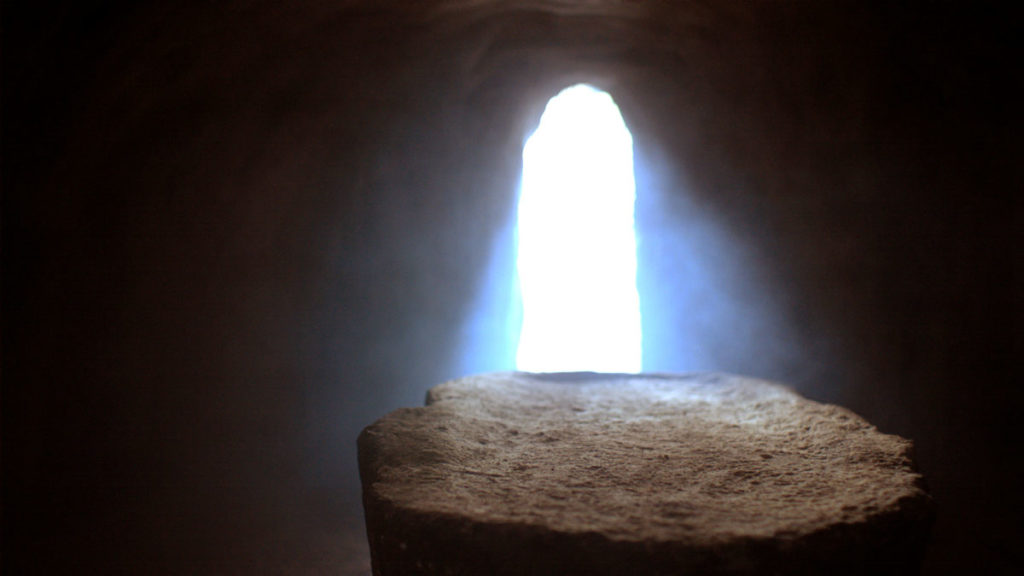
Resurrection in Christianity is as follows: Jesus, fully God and fully Man, dies. His body has no more pulse. We read that his Spirit has work to do over the next 48 hours, and He gets that work done. But on Sunday, He is alive again. And He seems like His old self in many ways: He isn’t glowing or sparkling like a Twilight vampire. But then, he does strange things like walk through locked doors. And at the end of the Gospel of John, John writes something strange: that no one dared ask Jesus if it was Him. There was something new and strange about this Resurrected Jesus. Indeed, the story of the Road to Emmaus suggests that Jesus could now disguise himself. It’s as though His ability to perform miracles through the Father had unlocked a new degree of power, something that only a Resurrected body could do. He came back ever stronger, prepared for the Ascension.
The Element Daughters come back bigger, but can we say they are actually themselves? Or are these mere replicas? Is Shooty truly Shotia, or is Ray’n really Leinyan? No. They are impostors. This is not a Resurrection. This is a farce. We should expect nothing less from the banality of evil. No matter how pretty the graphics, no matter how challenging the fight, no matter how dark the plot, in the end, CAVE is limited in the kinds of stories it tells here.
And so, finally, I say that as much as I love CAVE and DoDonPachi DaiFukkatsu in particular, I see that it cannot touch the resurrection. For Longhener, for an insane N-EXY, I echo the words of John in Chapter 1 of his Gospel: “The light shines in the darkness, and the darkness could not overcome it.”
